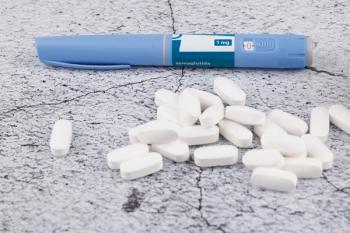
Q&A: Helping Patients Stay on Track With Insulin Counseling
Pharmacists can improve insulin safety and adherence by combining in-person counseling with practical tools, regular check-ins, and proactive education.
Pharmacists are essential in helping patients use insulin correctly, from reinforcing key concepts with printed materials to simplifying complex regimens with visual aids. Ongoing conversations about blood sugar patterns and insulin timing can uncover problems early and strengthen patient confidence. Consistent pharmacist engagement supports better outcomes and safer insulin use.
Drug Topics® recently sat down with Susan Cornell, PharmD, CDCES, FAPhA, FADCES, experiential education specialist and professor emeritus at Midwestern University, to discuss how pharmacists can explain insulin timing and mealtime coordination in a way that patients can easily understand and remember, and the common concerns around hypoglycemia.
Drug Topics: How can pharmacists explain insulin timing and mealtime coordination in a way that patients can easily understand and remember?
Susan Cornell, PharmD, CDCES, FAPhA, FADCES: Pretty much all of the insulin companies have very nice educational pieces that pharmacists can print out or get copies of and then give to the patient to take home. Yes, we're going to sit there and we're going to explain everything, but when the patient goes home, they forget everything we talked about. You want to make sure you're giving them something to take home that they could review and recall what we've said.
The bottom line is, mealtime insulin has to be taken at mealtime and pending on which type of insulin, it could be as early as 30 minutes before the meal to right at the very beginning of the meal, to during the meal or immediately after. Mealtime insulin is mealtime insulin, so making sure that patients understand that and maybe they color code the insulin for the patient. Sometimes what we do is we actually use a sharpie marker and write down meal insulin on the pens or on the vials, so that the patient knows that is the meal insulin, and they take it right when they are going to eat. For basal insulin, it can be taken pretty much any time of day, as long as you're consistent in taking it at that same time. If you take it first thing in the morning 8 AM, as long as you're taking it somewhere between 6 AM and 10 AM, you're fine every day. Just making sure they're taking it at the same time.
I think the biggest thing pharmacists need to really talk to patients about is the over the counter insulins, the insulins that can be purchased without a prescription. Our NPH [neutral protamine Hagedorn] and our regular insulin, because we often forget about them. They're not used as much in many cases, because there are better insulins than NPH and regular these days. But we have a lot of people who maybe their insurance doesn't cover the insulin, or for whatever reason, they're traveling and they've left everything at home, and suddenly they're in need of insulin. This is where they'll come into a pharmacy and they can actually purchase NPH and regular insulin. The important thing for NPH, just to remember, it's a suspension, and so the patient needs to roll the vial or the pen between their hands until it's equally suspended, because otherwise they're not getting the right dose. How to use the product is very important, and if we are dispensing that NPH, reminding the patients you have to suspend it and making sure they have all the supplies they need.
Drug Topics: Is there anything else you wanted to say?
Cornell: The last thing that I'd like to wrap up on is hypoglycemia. It is a concern for pharmacists, especially because we need to assess the medication regimen that patients are on. Oftentimes, what we see happening more than ever before, especially in transition to care, people will go into the hospital and they go in on insulin a, in the hospital they're put on insulin B, and they come out and they take both at home, and both are a mealtime insulin, and then they're going low. I think one of the biggest pushes I have for pharmacists is anytime a person with diabetes is getting a mealtime insulin, they need to also get a glucagon kit, be it the nasal spray or be it the injectable. They should have glucagon readily available to treat hypoglycemia. Obviously it's more their support system that's going to be using that glucagon kit. But anytime mealtime insulin is being prescribed, a glucagon kit should be prescribed.
I think pharmacists need to follow up on this. If they see that their patient has mealtime insulin, but no glucagon on board, I would call the prescriber and say, “Hey, can you make sure this patient has glucagon on their profile so we can get it to them.” I'd rather have the person have the glucagon and not need it than need it and not have it. I think it's important for us to make sure that the patient has everything they need to manage their diabetes correctly. I call it their survival kit. If they're getting insulin in a vial, they need syringes. Insulin in a pen, they're getting the pen needles. They have meters or CGMS to make sure that they know what their numbers are. They know who to call when there's a problem. And of course, they have that glucagon kit. That's probably my biggest take home message.
READ MORE:
Ready to impress your pharmacy colleagues with the latest drug information, industry trends, and patient care tips? Sign up today for our
Newsletter
Pharmacy practice is always changing. Stay ahead of the curve with the Drug Topics newsletter and get the latest drug information, industry trends, and patient care tips.





























































































































